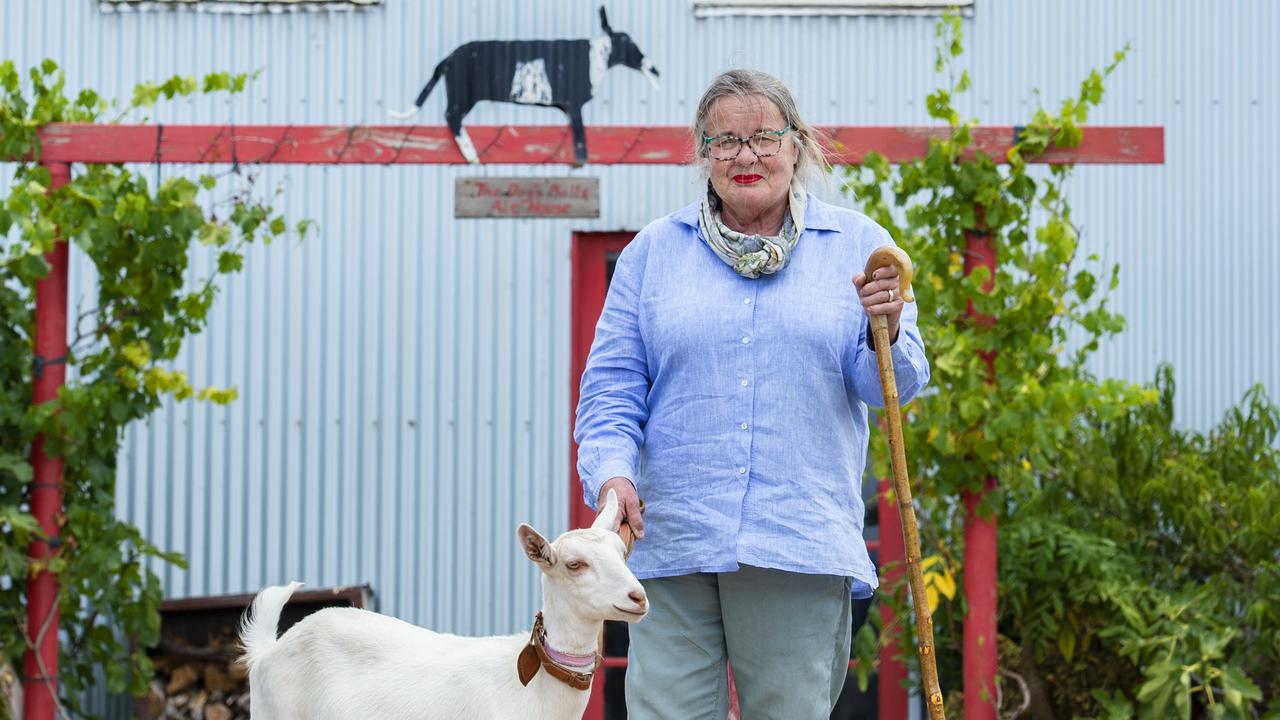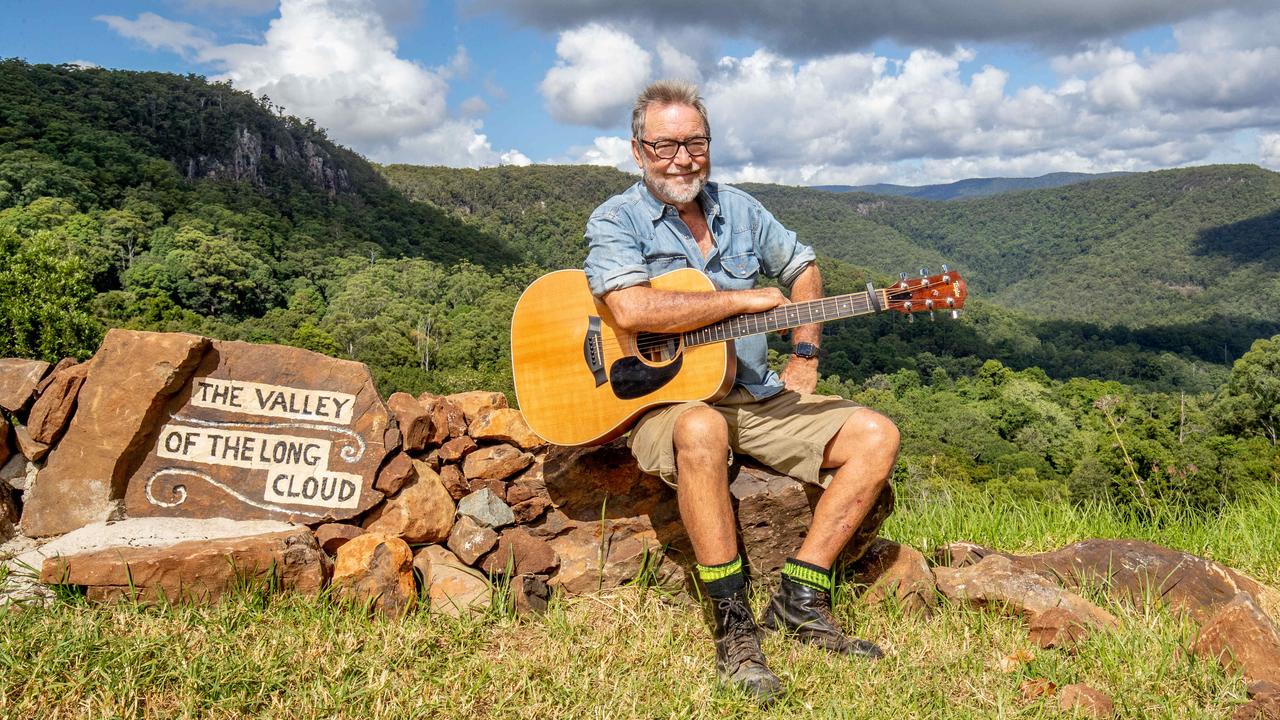Third-generation Marnoo farmers farewell the land
“IT WAS a simple upbringing,” says Audrey Osborn.
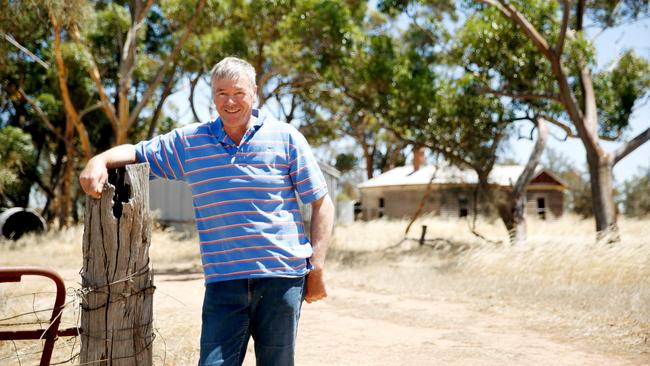
‘IT WAS a simple upbringing,” says Audrey Osborn.
“One of my little delights was picking the wildflowers that grew along the road — there were buttercups and sweet peas — I would gather them up and bring them home in big bunches.
“I don’t imagine that would occupy the kids these days, but it was such wonderful.”
Two months shy of her 90th birthday, Audrey is sharing memories of her childhood in the small Wimmera town of Marnoo where her family is now winding up its operation, the vagaries of farming forcing her nephew to call it a day.
“We did everything ourselves back then,” she says. “Mum used to bake her own bread in our wood burning stove and somehow she always seemed to know how many pieces of wood were needed to cook the scones just so.
“There was no butcher in the township either, so we killed our own meat — we had sheep and poultry and pigs — and we cured our own bacon.”
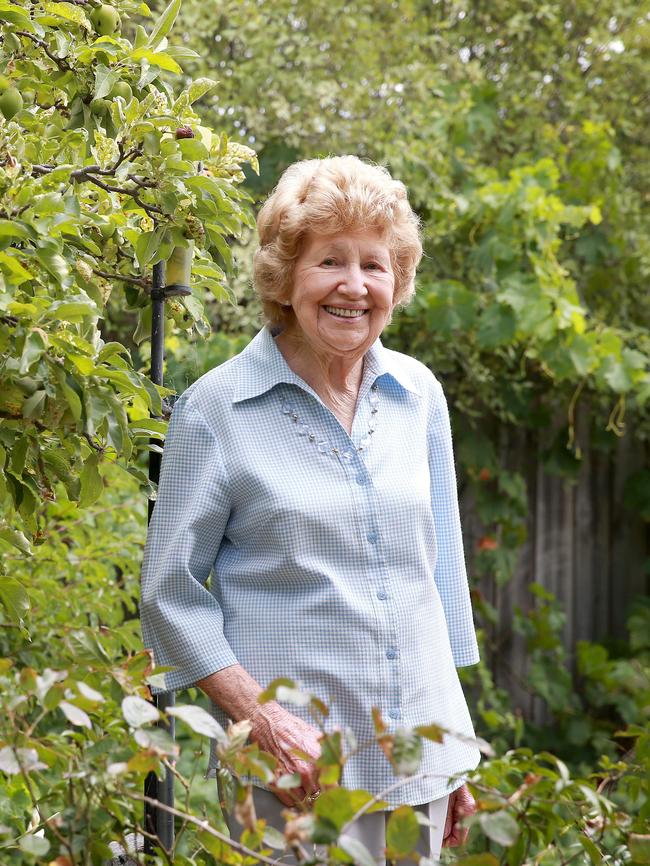
Audrey grew up on a farm, 3km out of Marnoo, with her younger brother, Gerald, and parents Charles and Una Marshall.
Next door were her aunt and uncle, Jack and Olga Marshall.
The Marshall brothers had each been granted a 130ha soldier settlement in 1919 after returning from the carnage of the Somme in France.
Battle-scarred and with nothing but an earthen-floor hut, a stable and a strong work ethic, they set about establishing their livelihood — cropping, mostly, as was common in the district, and later wool, as well as some livestock and a vegetable patch to feed their growing families.
“It was a tough life, and a little lonely at times, but I had my brother of course, and our dog, Teddy,” says Audrey, before dropping her voice to a conspiratorial whisper.
“He was going to make a very good cattle dog but I took him in and gave him treats and he became mine,” she says with a giggle.
“I think the menfolk were a bit annoyed I had spoiled him for farm work.”
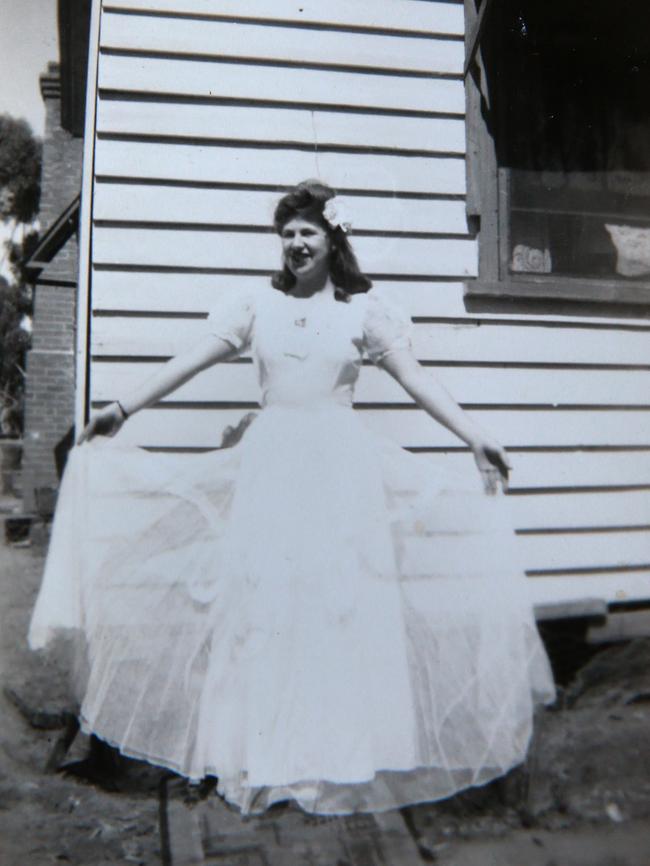
IT may have been a simple life, but it wasn’t a simplistic one.
If diversification and innovation are the current buzz words in agricultural circles, they’re just new names for farming practices with a long history.
When Gerald took over from his father in the 1970s, its small Merino sheep enterprise was producing up to 60 bales of wool annually.
But, with the unpredictability of the wool-growing market, and the unlikelihood of it returning to its glory days of the 1950s, Gerald moved into fat lamb production to keep the small farm viable.
Gerald’s son, Chris, who spent his first decade on the farm before the family moved into town, talks with pride about his forebears’ ingenuity and work ethic.
“Everybody in that era did it hard mentally and physically if they made it home from the ‘Great Adventure’,” he says. “Dad could mules 600 lambs a day — I should know, I used to have to pick them all up and hold them for him.
“I can remember spending a full 24 hours with him on the tractor sowing 170 acres (68 ha) of barley, too. That could be done in three or four hours with today’s technology, but not in those days, we did the hard yards.”
While there was always plenty of farm work to keep both Charles and Gerald busy, Chris says they were never short of an idea or two to make a few extra quid.
“Each summer, after a season of backbreaking work hauling grain, Dad would tootle up to Mildura to do grape-picking,” he says.
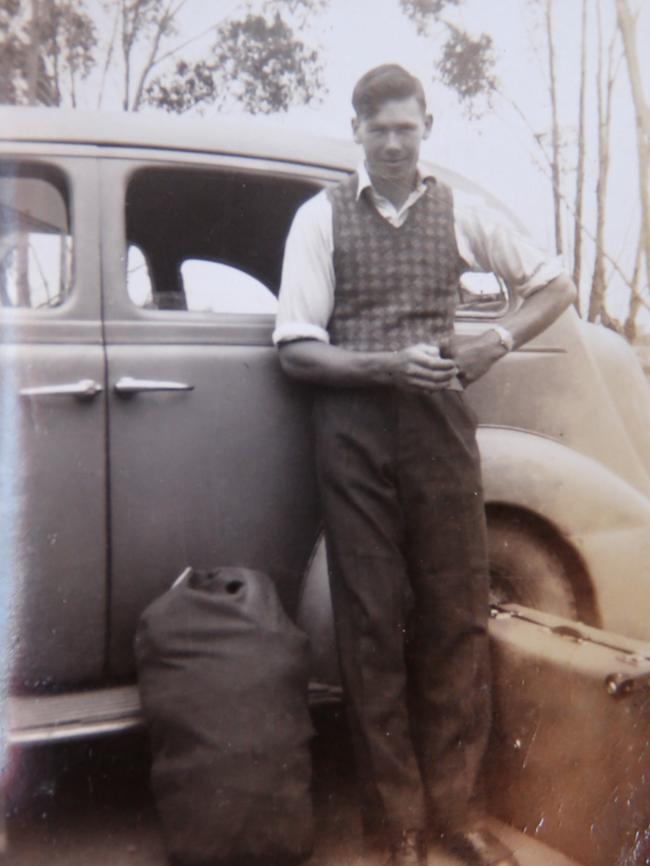
“My grandfather also used to make a bit of money out of those old wooden egg boxes.
“He would fill them with dirt and these big earthworms he had dug up on the property then sell them to his fishermen mates up on the Murray River — apparently they were quite good for catching Murray cod.
“It was a smart move. It meant that the business was always quite prosperous, even in times of drought.”
For years Gerald worked the farm himself, with Chris helping on weekends and holidays when he had time off from his own career — first testing biscuit wheat, then working as a gold prospector before joining the public service.
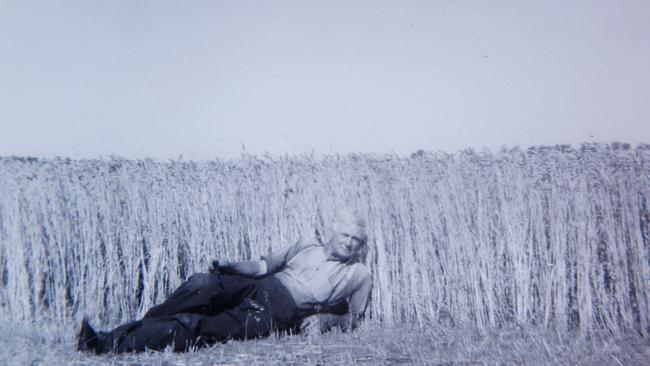
After Gerald retired, Chris put his own stamp on the family business, setting aside 128ha to plant 150,000 Blue Mallee eucalypts under a carbon offset scheme.
The trees have thrived, forming a striking thicket — a green oasis in the middle of the smooth Marnoo plains.
DRIVING alongside the vast paddocks turned yellow by the summer sun, there’s little left to see of the near 100-year-old family legacy.
There are no horses ploughing the paddocks and the stable, once the Marshalls’ prized asset, is a jumble of collapsed timber beams and corregated iron slowly being invaded by overgrown grass.
The house Audrey grew up in is long gone, torn down in the 1960s after her parents moved into town, although her uncle Jack’s house remains — in a state of disprepair.
But the Marshall name is still there in black and white on the street sign and their tradition of reinvention remains strong.
Charles Marshall’s original 130ha has been leased to a young farmer growing cereal crops and breeding fat lambs.
A separate 50ha aquired over the years has been sold to a young farming couple who are making a name for themselves breeding Merino stud rams.
For Chris, it’s comforting to know the land will remain productive.
“Nowadays, the rural landscape is littered with vacant farmhouses and unused land,” he says.
“I know what a struggle some farmers have, but there are a lot of young farmers out there who are keen but need encouragement and opportunity. ‘
“This is my little way of helping to preserve the family farm.
“Each generation of my family made a contribution to the farm, and it’s great that will continue, even if it’s not done under the Marshall name.”

